I’ve got a neat trick to share with you about Microsoft Project Custom Date Formatting . You know that date format option in the Project Options dialog that controls how dates appear in every project you open? Well, hold on to your hats, because I’m about to show you a feature that most people overlook—a way to specify date formatting for each project individually. This means you can have different date formats in different projects without affecting the overall settings. Intrigued? So, let’s dive right in! Or if you would like to watch the YouTube video on this subject, click here or click the thumbnail below.
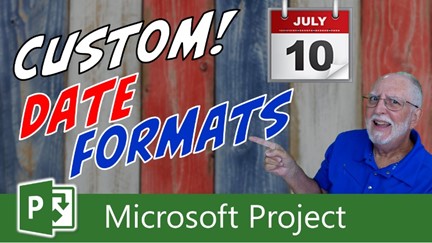
Controlling Date Formatting in Microsoft Project
In Microsoft Project, the default date formatting for all your projects is set by a single option in the software. But did you know that you can actually tweak this formatting for each project separately? Here’s how:
Step 1: Open Project Options
- Click the “File” tab at the top to reveal the backstage area.
- Then, click on the “Options” tab.
Step 2: Adjust the Date Format Option
- Within the Project Options dialog, you’ll find the Date Format option. This single setting controls how dates are displayed throughout all your projects.
- By default, the date format is set to display the day of the week followed by the date.
- You can change this to suit your preference, but keep in mind that any change here affects all your projects.
Customizing Date Formatting for Individual Projects
Now, here’s the exciting part. Let’s say you want specific date formatting for just one project, something that doesn’t follow the general format. Follow these steps:
Step 1: Open More Tables
- Right-click on the “Select All” button located above row 0 ID number. This is that blank button.
- Choose “More Tables” from the context menu that appears.
Step 2: Edit the Table Definition
- In the “More Tables” dialog, select the “Entry” table.
- Click the “Edit” button.
Step 3: Customize the Date Format
- At the bottom of the “Table Definition” dialog, you’ll spot an option that’s easily missed: the date format option.
- Click on this option to set a date format specifically for this table.
- For instance, you might want the date to include the time of day. Choose the format that fits your needs, like “12809 12:33 PM.”
- Click “OK” to apply the date formatting to this table.
Consistency Across Views
Remember, the “Entry” table is used in multiple default views: the Gantt Chart View, the Tracking Gantt View, and the Task Sheet View. So, any change you make here impacts these views.
Step 1: Update Other Tables
To maintain consistency across different views and tables, consider updating a couple of other tables as well:
- For the “Variance” table, repeat the process and adjust the date format.
- Similarly, for the “Usage” table (used in the Task Usage View), apply the desired date and time format.
- You might also want to format the “Baseline” table. This is especially useful for comparison. Change the formatting here as well.
Step 2: Review Your Formatting Changes
- To see your changes in action, let’s quickly review.
Step 3: Apply the New Table
- Return to the “Entry” table and apply it to the Gantt Chart View. Voilà! Notice the start and finish columns displaying the new date format.
Step 4: Verify Across Views
- Switch to the “Variance” table. Drag the split bar to view the columns. As you can see, all date-related columns now have the correct formatting.
- Apply the “Task Usage View” to see the updated start and finish date columns there as well.
Step 5: Check Baseline Table
- Don’t forget the “Baseline” table! Apply it in the Gantt Chart View to see the Baseline Start and Baseline Finish columns with the new date format.
So, there you have it! You now know the secret to customizing date formatting for individual projects in Microsoft Project. By changing the formatting of commonly used tables—like Entry, Variance, Usage, and Baseline—you can ensure each project displays dates exactly how you want them. Remember, this trick doesn’t mess with your overall settings, allowing you to keep things consistent and clear across different projects.
If you have questions, please add them in the Comments section below. Or if you watch the video, add your questions or comments there. Please subscribe to my YouTube channel and leave “Likes” if you like the videos.
If you would like to have a formal class on using Microsoft Project, here is a link for my classes.
What Type of Microsoft Project Training Do You Need?
Individual and Small Group Training
OnDemand Training at your own pace
Starting at $399

OnDemand Training

Microsoft Project Standard Desktop Training

Microsoft Project Professional Desktop for Project Online Training

Microsoft Project Professional Desktop for Project Server Training

Templates, Student Hand Outs, Tips and Tricks

Certificate of Completion
Medium & Large Group Training
Onsite, Virtual or OnDemand Training
Contact Me for Discounts

Microsoft Project Standard Desktop Training

Microsoft Project Professional Desktop for Project Online Training

Microsoft Project Professional Desktop for Project Server Training

Templates, Student Hand Outs, Tips and Tricks

Certificate of Completion

Automated Training Progress Report
FAQ
What is Microsoft Project Dynamic Scheduling?
Microsoft Project Dynamic Scheduling is a feature within Microsoft Project that allows you to create flexible project plans, update schedules based on changing circumstances, and optimize resource allocation.
How can Microsoft Project Dynamic Scheduling benefit my project management?
Microsoft Project Dynamic Scheduling can benefit your project management by enabling efficient planning, increased productivity, and the ability to adapt to changes, allowing your projects to thrive.
What role does dynamic scheduling play in effective project management?
Dynamic scheduling plays a crucial role in effective project management by helping you stay on track, manage resources efficiently, and meet project goals.
What features does Microsoft Project offer for dynamic scheduling?
Microsoft Project offers various features and functions for dynamic scheduling, allowing you to create flexible project plans, update schedules in real-time, and optimize resource allocation.
How does dynamic scheduling optimize resource allocation?
Dynamic scheduling in Microsoft Project optimizes resource allocation by providing a flexible project schedule that can adapt to changes in resource availability, ensuring efficient utilization and maximizing productivity.
How does dynamic scheduling streamline project execution?
Dynamic scheduling streamlines project execution by providing a real-time, updated project schedule that enables effective communication, task prioritization, and timely decision-making throughout the project lifecycle.
How does dynamic scheduling enhance collaboration within Microsoft Project?
Dynamic scheduling enhances collaboration in Microsoft Project by offering collaborative features that promote effective communication, facilitate teamwork, and foster a shared understanding of project goals and progress among team members.
How does dynamic scheduling help track progress and manage risks?
Dynamic scheduling in Microsoft Project helps track progress and manage project risks by providing real-time updates and customizable reports that allow you to identify potential bottlenecks, mitigate risks, and take proactive actions to keep your project on track.
How can dynamic scheduling in Microsoft Project leverage data and insights for continuous improvement?
Dynamic scheduling in Microsoft Project provides valuable data and insights for continuous improvement by analyzing project performance metrics, identifying trends, and making data-driven decisions to enhance project outcomes and increase overall efficiency.

Dale Howard
Microsoft Project MVP “20 Years”
About Me
Hello there Microsoft Project lovers! I’m Dale Howard and I’ve been a Microsoft Project MVP (Most Valuable Professional) for 20 years in a row and I’m currently one of only 26 Project MVPs in the entire world. Pretty exciting, right!?
If you post a question about any of Microsoft’s PPM tools on the public message boards, look to see who the moderator or person that has answered the questions and you see, it’s frequently me answering your questions. Some people like to golf, I love Microsoft Project helping the community get to understand Microsoft Project much better.
I’ve been teaching students at all levels for over 20 years and have taught thousands of users around the world. I’ve written and co-authored 23 books on Microsoft Project, Project Online, and Project Server so if you’re like me and like to read over watching a video, you can Check Out My Books on Amazon.
For the people that like to watch videos, check out my YouTube channel. If you post a question in the comments, I’ll be happy to answer questions or create a new video to answer your question.
If you’ve got a question about Microsoft Project, Project Online or Project Server, check out some of these community post areas below where I am the moderator and have been answering questions on these message boards for over 20 years.
Microsoft Tech Community
Reddit Project Online Community
LinkedIn Project and Planner Group
My Students Include:
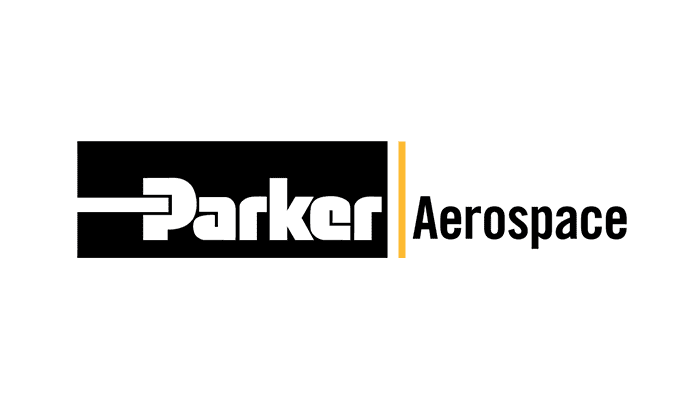
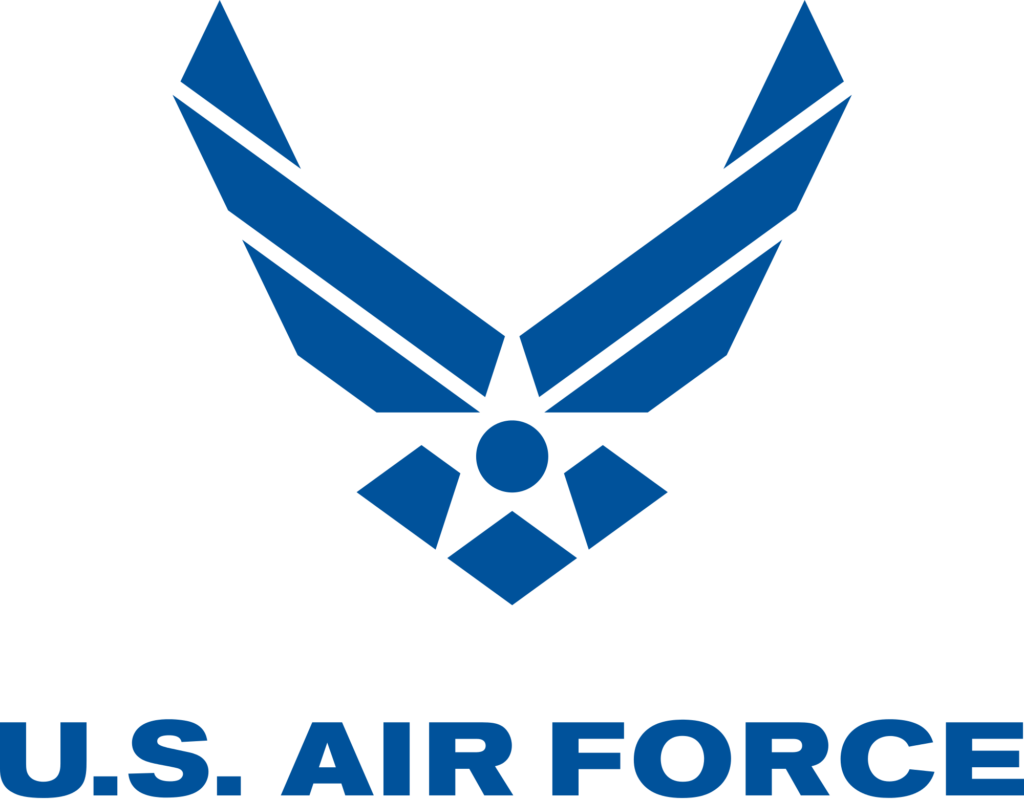
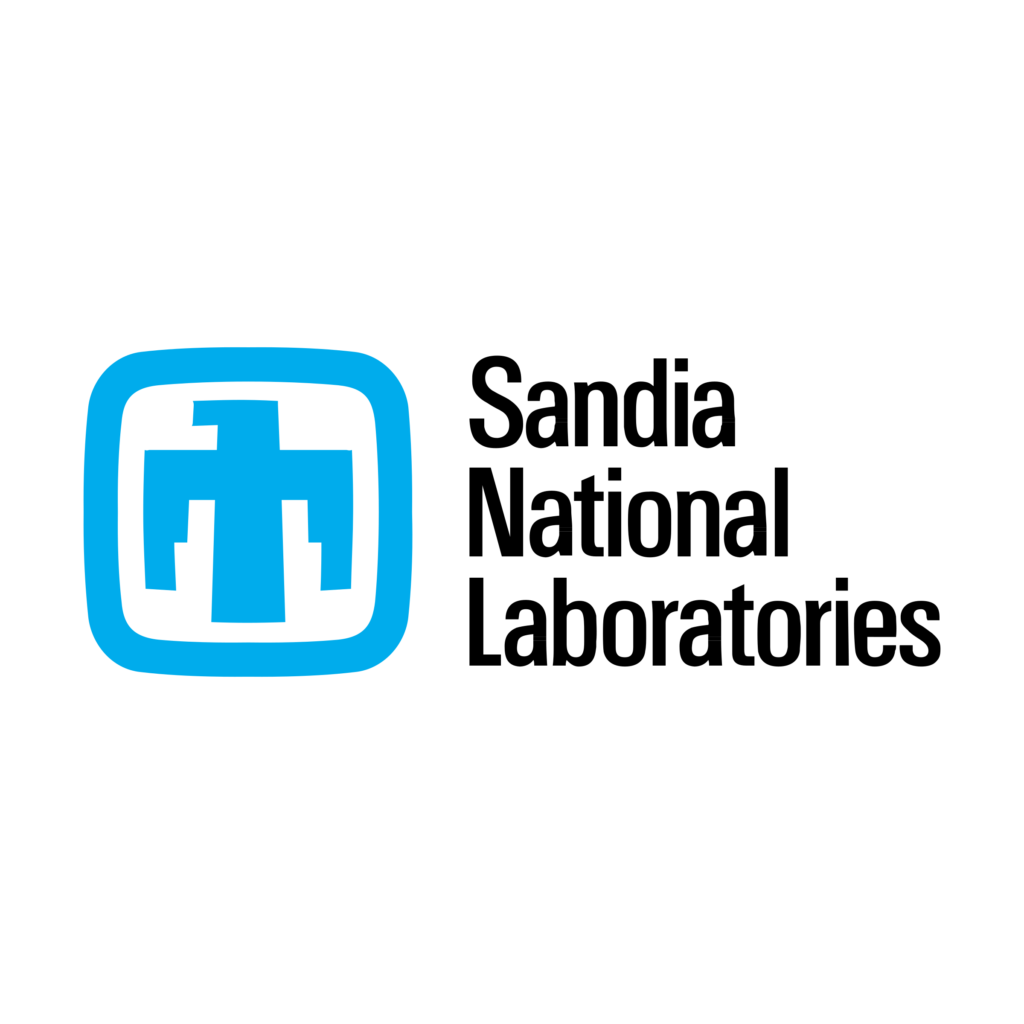

Leave a Reply